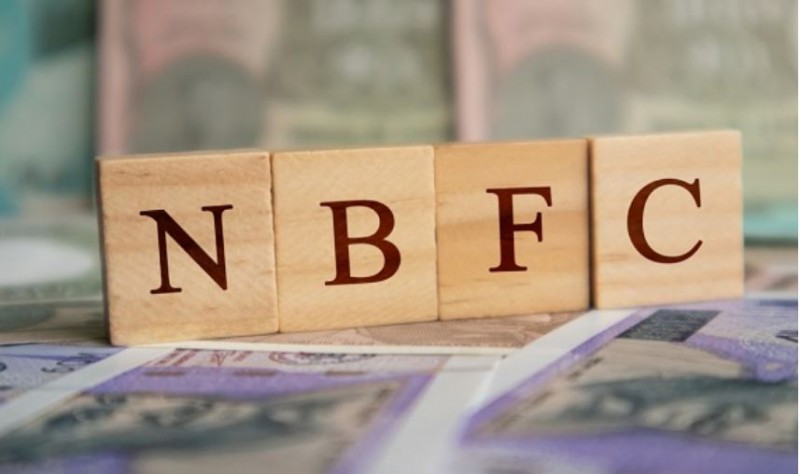
The leading Rating agency CRISIL has given a positive signal for the Non-Banking Financial Company (NBFCs) as it said that they are likely to see their assets under management (AUM) grow 11-12 percent, a 5-year high, to Rs 13 lakh crore by the end of this fiscal. This is due to the macroeconomic tailwinds.
The increase follows three years of sector-wide growth in the single digits.
It should be highlighted that the disruption of business and economic activity caused by Covid-19 limited the expansion of AUM to 2-4 percent in the fiscal years 2020 and 2021, and to 5 percent in the fiscal year 2022.
"Even if growth returns to double digits, it will be smaller than it was before the pandemic. In fact, through fiscal 2019, AUM had experienced a 3-year CAGR of nearly 20 percent. According to Krishnan Sitaraman, Senior Director and Deputy Chief Ratings Officer, CRISIL Ratings, "NBFCs would have to focus on higher-yield segments for growth due to intense competition from banks and the rising interest rate scenario in certain segments, which will limit their ability to compete.
As per the report, the car finance sector, which makes up the majority (46–50 percent) of NBFC AUM, would have growth that is 11–13 percent higher this fiscal year than it was the previous two.
Due to its higher yields, used car financing will experience faster expansion and be the NBFC's primary source of vehicle financing. According to the research, increasing underlying asset sales will also help this segment's AUM increase.
Commercial vehicle sales will be boosted by strong demand from the infrastructure sector, fleet replacement need, and attention to last-mile connectivity, while sales of cars and utility vehicles will be fueled by pent-up demand and new product introductions.
Banks will be able to acquire market share in this industry as a result of competition from banks and the rising interest rate environment, which will weaken the position of NBFCs in the new vehicle finance category.
"With NBFCs concentrating on higher-yield segments, unsecured loans, which make up the second-largest portion (16–20 percent) of the NBFC AUM pie, may be the sole category to match the 20–22 percent growth of the pre–Covid era this fiscal year. According to Ajit Velonie, Director, CRISIL Ratings, "NBFCs' cautious attitude had led to a decrease in AUM for this segment in fiscal 2021, while fiscal 2022 experienced a V-shaped rebound.
Consumer loans, personal loans, consumer durable loans, and business loans to small and medium-sized businesses are all examples of unsecured debt (SMEs).
Rising retail spending on consumer durables, travel, and other personal consumption activities will support consumer loans, while macroeconomic tailwinds from the anticipated 7.3 percent increase in GDP this fiscal year will benefit business loans.
Another product line offered by NBFCs to SMEs, loans against property, is anticipated to expand by 10-12 percent, albeit faster growth in this market would be constrained by competition.
Gold loans are anticipated to reach a steady state growth rate of 10–12 percent, supported by demand from microbusinesses and people, who want to use the money for personal needs and working capital, respectively.
Wholesale finance, which has seen a number of companies leave the market over the past few years, will continue to trail behind with declining AUM while other segments recover.
While opportunities in the wholesale market will be created by the recovery in real estate sales and the growth in the infrastructure sector as a result of various government initiatives, these will primarily be tapped through alternative investment funds rather than balance sheets as NBFCs remain risk averse.
While the NBFC sector is beginning to show signs of life, important monitorables like inflation and higher-than-expected interest rates still need to be kept an eye on.